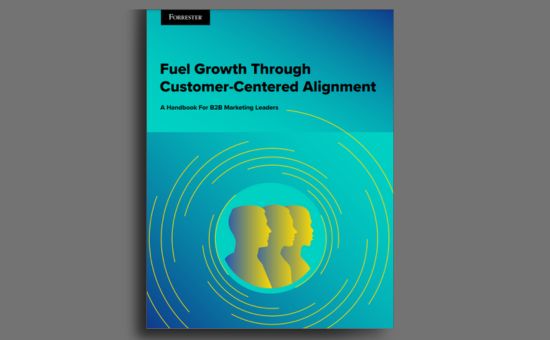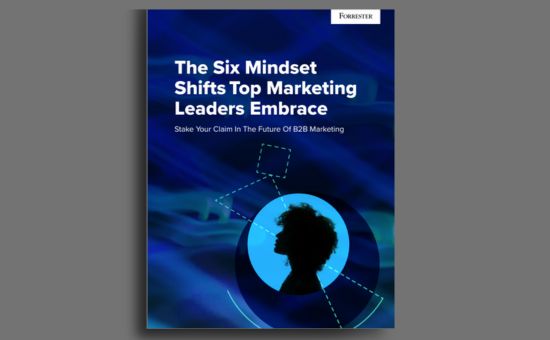Drive Revenue Engine Performance | Forrester
B2B Digital Marketing
This Is The Dawning Of The Age Of The Buying Group
In the realm of B2B, purchasing decisions are predominantly made by collaborative groups rather than individual actors. This fundamental shift is reshaping B2B revenue strategies.
Understanding the dynamics of buying groups influences various aspects of attracting, engaging, qualifying, and converting prospects into customers.
To underscore the necessity of overhauling existing demand generation and management practices, Forrester presents its Buying Groups Manifesto.
This manifesto advocates for embracing a buying group perspective in B2B organizations by replacing leads with multi-contact opportunities in marketing and sales processes.
Furthermore, it outlines the adoption of the B2B Revenue Waterfall to facilitate the transition from lead-centric demand management to one aligned with the reality of opportunities and buying groups.
Forrester’s biennial B2B Buying Survey underscores this paradigm shift, revealing a consistent increase in the number of individuals involved in purchase decisions over time.
PART ONE: Transforming The Demand Process
The latest iteration of the Demand Waterfall, known as the B2B Revenue Waterfall, introduces a significant change driven by the recognition that contemporary B2B purchasing decisions typically involve not solitary individuals but rather cohesive buying groups. While existing best practices in B2B demand generation already advocate for engaging multiple buyer personas, the mechanisms for collecting and interpreting responses have historically overlooked or inadequately addressed instances where multiple members of a buying group are involved.
The B2B Revenue Waterfall fundamentally alters the demand process by:
- Prioritizing buying groups over traditional leads.
- Acknowledging multiple selling opportunities within each account.
- Monitoring opportunities from target accounts to finalized revenue.
- Incorporating the diverse array of prospect and customer opportunities inherent in B2B revenue objectives.
- Aligning marketing, revenue development, and sales efforts to effectively identify, engage, qualify, and secure opportunities.
In many instances, organizations receive numerous leads from the same account, each indicating interest in the same solution.
However, marketing automation platforms often fail to recognize the connections between these individuals, hindering the ability to discern instances where multiple buying group members are involved compared to cases with only one representative.
This lack of visibility significantly undermines the effectiveness of the entire demand management process, spanning marketing, revenue development, sales, and customer engagement.
Transitioning from a focus on leads to opportunities involving buying groups frequently leads to notable enhancements in performance across these domains.
PART TWO: Understanding Opportunities: If It Isn’t Leads, What Is It About?
The Table of Contents of “Driving Revenue Growth” Guide:
- This Is The Dawning Of The Age Of The Buying Group
- PART ONE: Transforming The Demand Process
- PART TWO: Understanding Opportunities: If It Isn’t Leads, What Is It About?
- PART THREE: Adopting The B2B Revenue Waterfall
- PART FOUR: Managing Change
- PART FIVE: How We Can Help
Number of Pages:
- 19 pages
Pricing:
- Free










